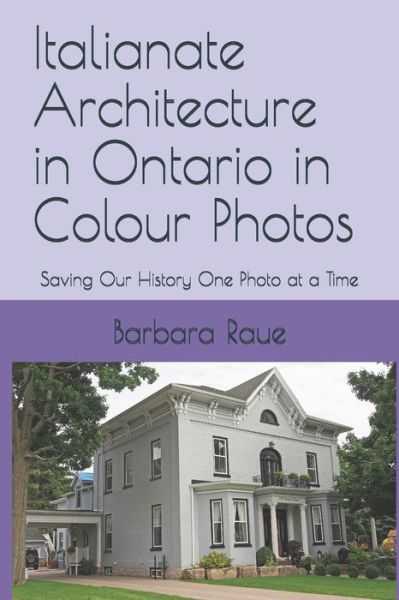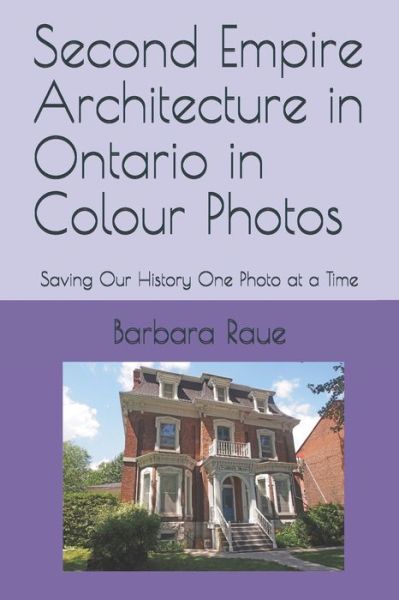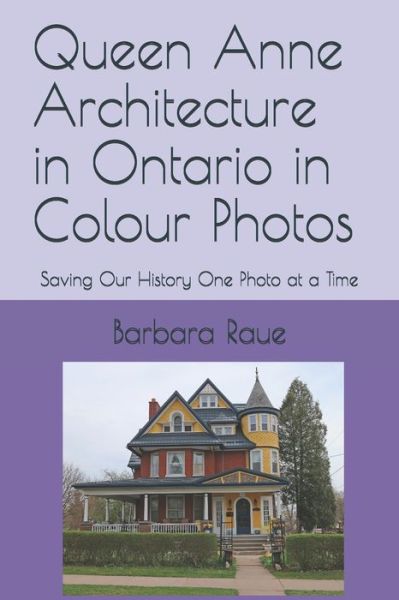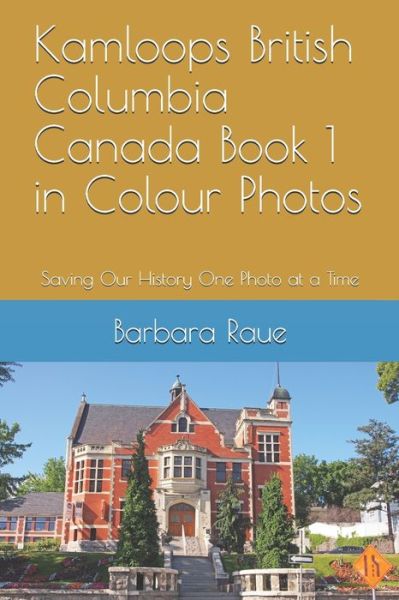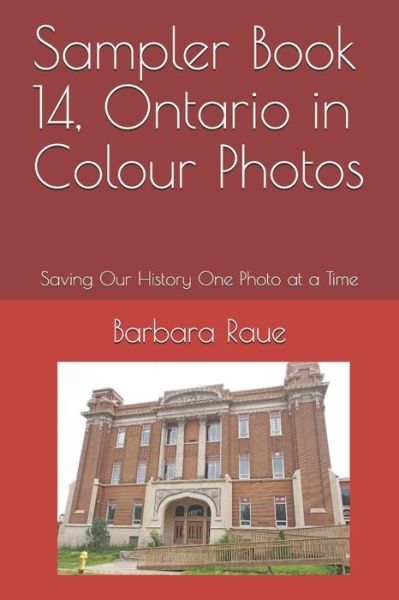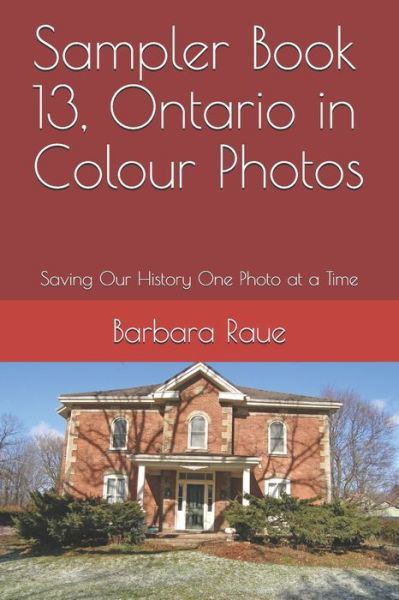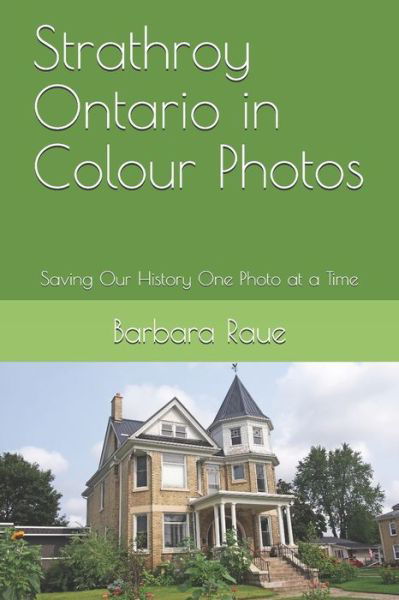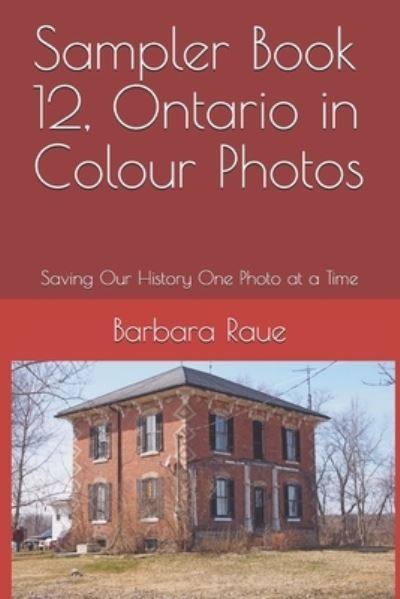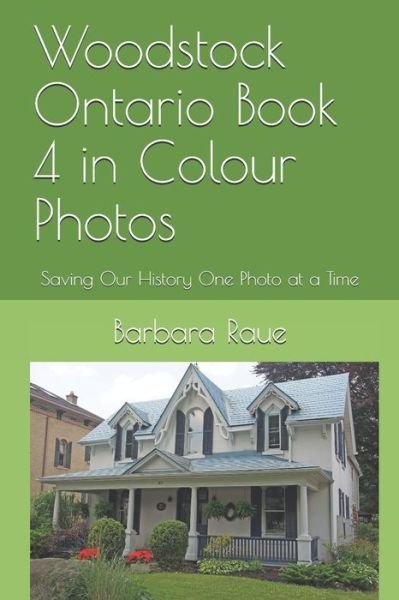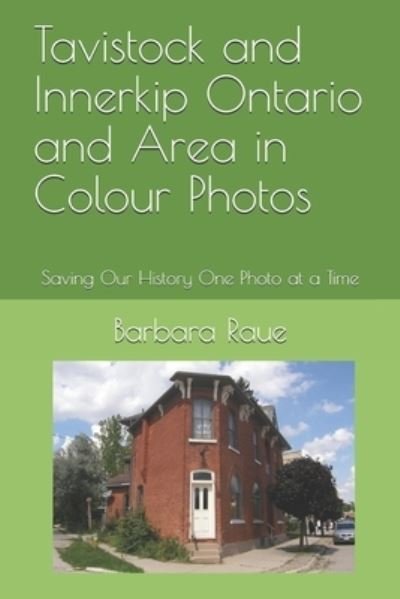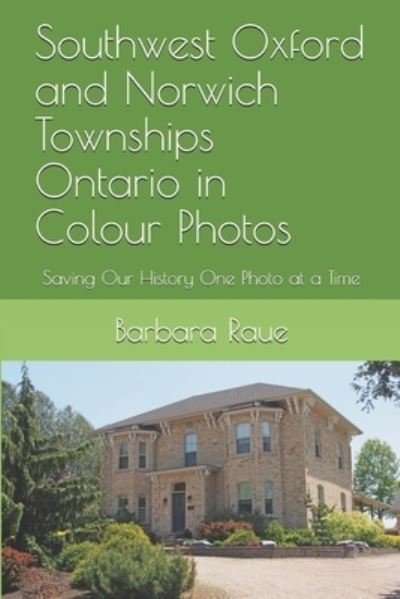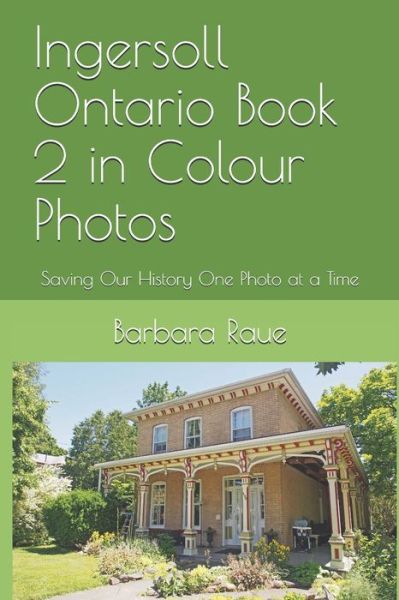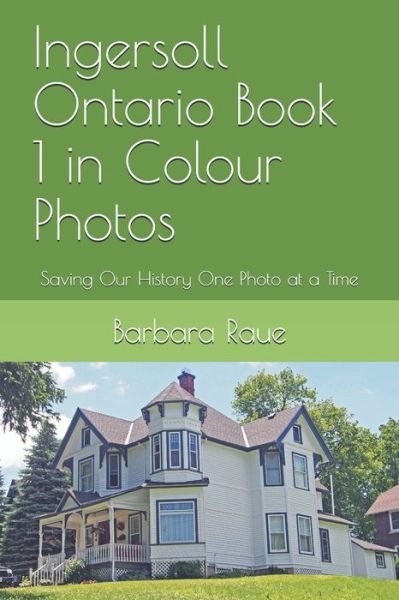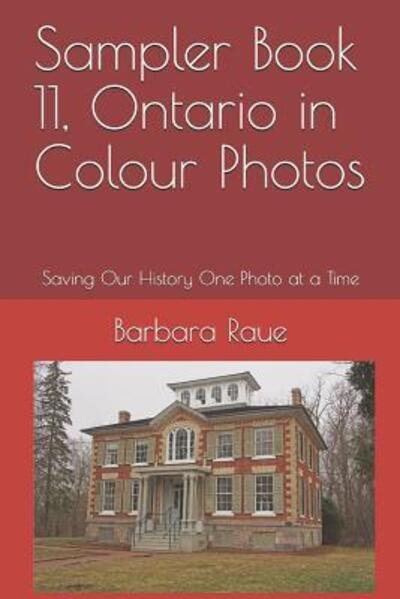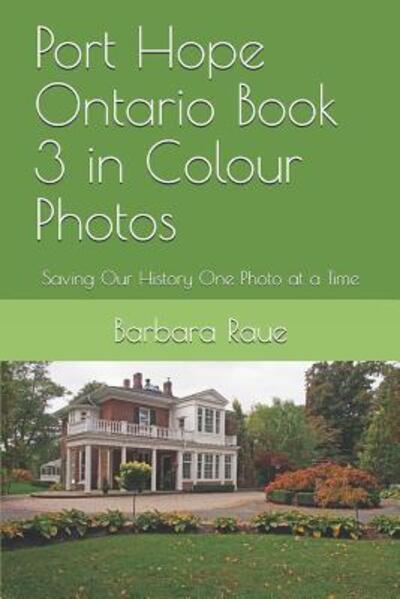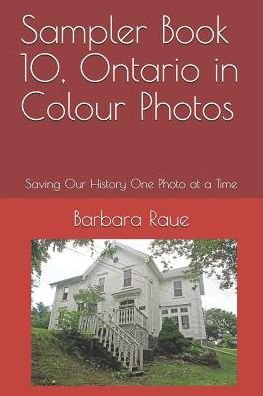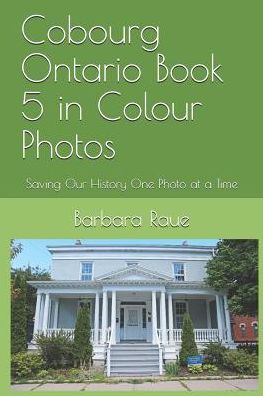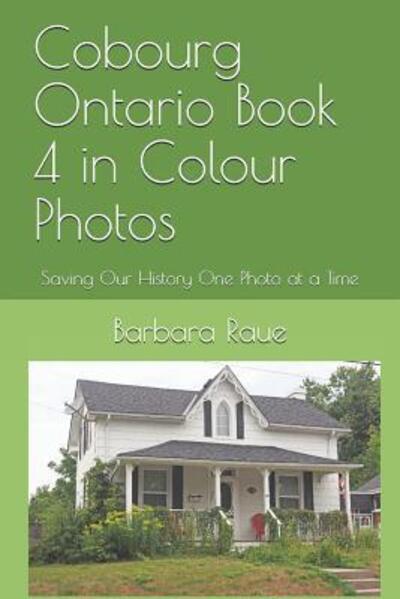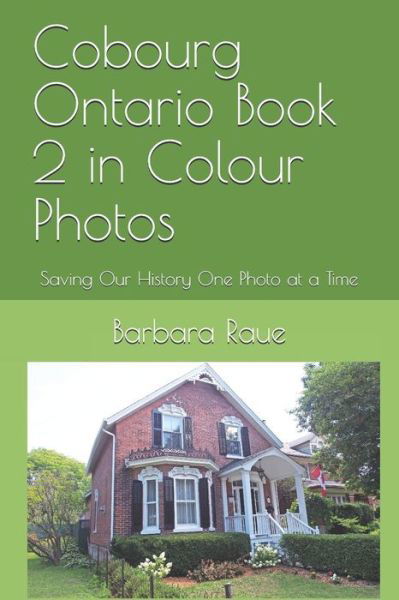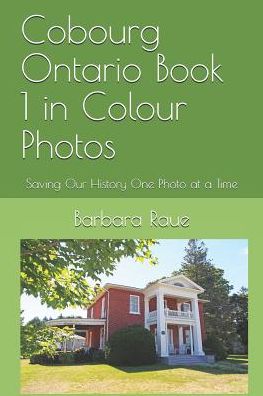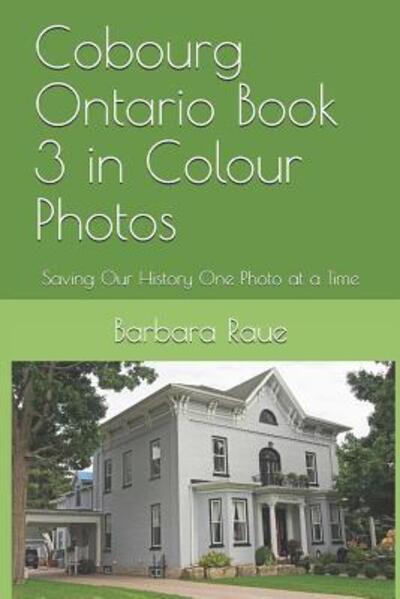
Tell your friends about this item:
Paris Ontario Book 3 in Colour Photos
Barbara Raue
Paris Ontario Book 3 in Colour Photos
Barbara Raue
Paris, Ontario is located on the Grand River. It was first settled by Hiram Capron a native of Vermont who, in 1822, emigrated to Norfolk County where he helped to establish one of Upper Canada's earliest iron foundries. He settled here at the Forks of the Grand (where the Grand and Nith Rivers meet) in 1829, divided part of his land into town lots, and in 1830 constructed a grist-mill and named the town after the gypsum deposits that were mined nearby. Gypsum is used to make plaster of Paris. Records from 1846 indicate that the settlement, in a hilly area called Oak Plains, was divided into the upper town and the lower town. In addition to successful farmers in the area, the community of 1,000 people (Americans, Scottish, English, and Irish) was thriving. Manufacturing had already begun, with industries powered by the river. A great deal of plaster was being exported and there were three mills, a tannery, a woolen factory, a foundry, and many tradesmen. Five churches had been built; and the post office was receiving mail three times a week. While the telephone was invented at Brantford, Ontario in 1874, Alexander Graham Bell made the first transmission to a distance between Brantford and Paris on August 3, 1876. The use of cobblestones to construct buildings was introduced to the area by Levi Boughton when he erected St. James Church in 1839; this was the first cobblestone structure in Paris. Two churches and ten homes, all in current use, are made of numerous such stones taken from the rivers. Other architectural styles that are visible in the downtown area include Edwardian, Gothic and Post Modern. The Township of South Dumfries is situated in the north part of the County of Brant. The earliest settlements were in and around the Village of St. George. Two vital factors of the area which caused settlers to locate here were flowing wells and excellent farm land. The first establishments in the township were a grist mill in 1817, a distillery in 1818, a grocery store in 1820, a log school in 1823, and a post office in 1833. The first church was opened as a Baptist Church in 1824. The Village of Harrisburg was laid out in 1855 at the junction of the Wellington, Grey &* Bruce and Great Western railways. Glen Morris was laid out in 1q848 on the banks of the Grand River twelve miles from Brantford. HarrisburgIn the mid-1800s, Harrisburg was a stop on the Great Western Railway serving as a shipping point for St. George and area. About 1854, a branch line twelve miles long from Harrisburg to Galt opened and Harrisburg got its first train station. In 1882, the Great Western Railway was absorbed by the Grand Trunk Railway. Glen MorrisThe village of Glen Morris is on both sides of the Grand River with most of the historical buildings on the east side along East River Road. Glen Morris was first known as Dawson's Bridge as it was John Dawson who built a sawmill and bridge in 1833 across the Grand River. In 1840, the settlement was renamed Middleton. Samuel Latshaw laid out the village in 1848 and in 1851 it was named Glen Morris in honor of their Postmaster.
| Media | Books Paperback Book (Book with soft cover and glued back) |
| Released | January 3, 2018 |
| ISBN13 | 9781981144037 |
| Publishers | Createspace Independent Publishing Platf |
| Pages | 56 |
| Dimensions | 152 × 229 × 4 mm · 117 g |
| Language | English |


